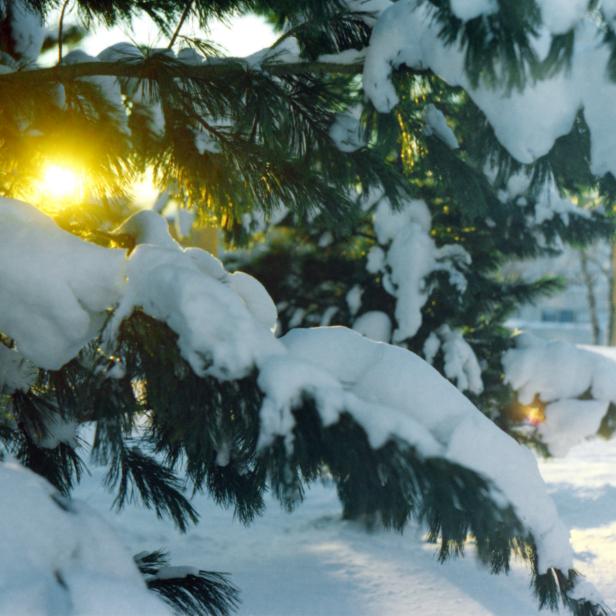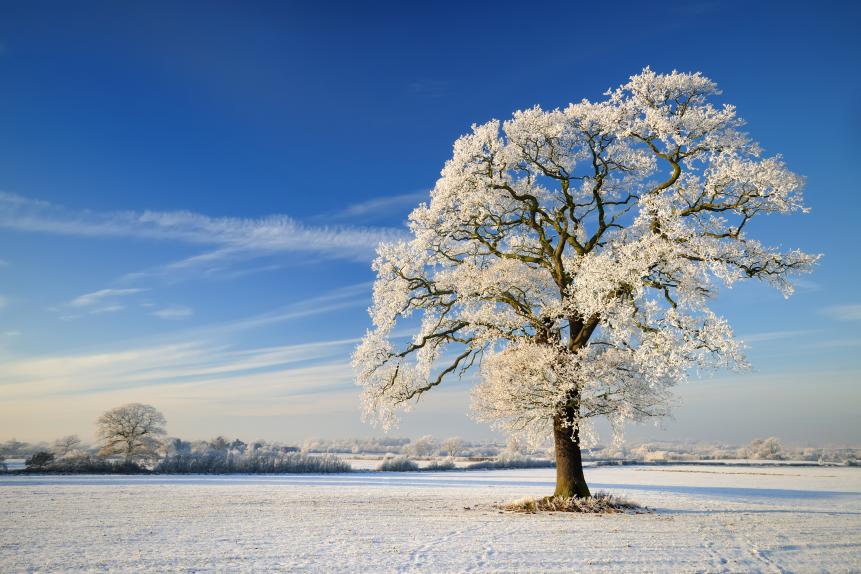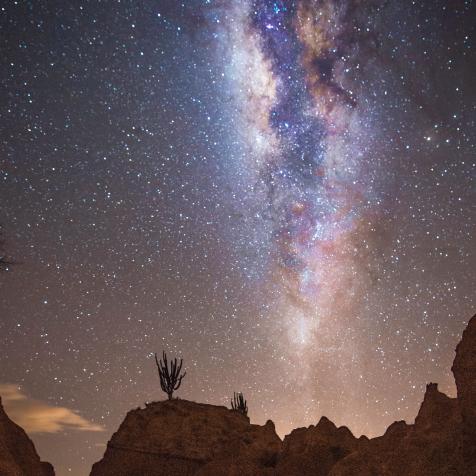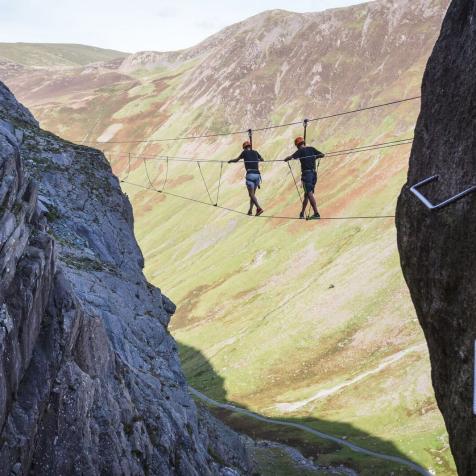
Kristina Strasunske
Humanity’s Fascinating Relationship with the Winter Solstice
This year’s winter solstice will take place on December 21, marking the shortest day of the year in the Northern Hemisphere, and the arrival of winter.
The word solstice is Latin, and means the “sun stands still” – it’s the day when the hemisphere has the shortest period of light.
It is the time when the Sun appears at its lowest in the sky and marks the moment when the Sun begins to climb again and hours of daylight become longer.
Those living in the Southern Hemisphere will be simultaneously marking the arrival of summer – while our half of the globe is facing away from the Sun, their half is inclined towards it.

ChrisHepburn
For many people, the winter solstice marks much more than just the shortest day. Throughout history, societies around the world have held ceremonies and festivals to mark the day of the sun’s rebirth. It symbolizes life, death, and human connection with nature’s most powerful force.
Humans may have been observing the solstice since the Neolithic period, around 10,200 BC. In the Stone Age, people would hold rituals at sacred sites in celebration of the changing seasonal cycle.
Before the invention of electricity, the tilt of the Earth’s axis relative to the sun – which governs how many hours of daylight we receive – had far more of an impact on human life. In times when people began to settle and harvest the earth in a more permanent fashion, it was very important to understand and be able to predict seasonal changes.
Stonehenge in England and Newgrange in Ireland, two of the world’s best-preserved monuments to solstices – both summer and winter – were built around 5,000 years ago, showing just how long we have honored the day.

nicolamargaret
The prehistoric monument of Stonehenge in England.
Newgrange, built by farmers 5,200 years ago, is a monument in Boyne Valley, County Meath, and is a very large passage tomb that is older than even the Egyptian pyramids. It is 279ft in diameter and 43ft high – an area covering around an acre. A passage leads into a chamber with three alcoves. On the mornings of the Winter Solstice, the rising sun aligns with the passage and chamber – an incredibly impressive engineering feat.
The Mayans also built structures to pay homage to the solstice, while Woodhenge, a 1,000-year-old monument in Cahokia, the largest pre-contact Native American city in what is now Illinois, served as an observational site for the solstice and other astronomical events.
Although we no longer build these kinds of monuments, there are plenty of ways you can celebrate the winter solstice.
Safely build a bonfire and gather around it to say goodbye to old habits and past behaviors you want to let go of. If you can, stay up to watch the sunrise to really usher in a new beginning.
Look for a special “Solstice stone” to use as a meditation stone to contemplate the turning point in this year’s cycle. As the sun rises, hold onto your stone and voice what you are thankful for.
If a bonfire isn’t practical, you can always scale it down and use a candle instead. Either way, it’s a great time to reflect on the past and look towards the future!


















